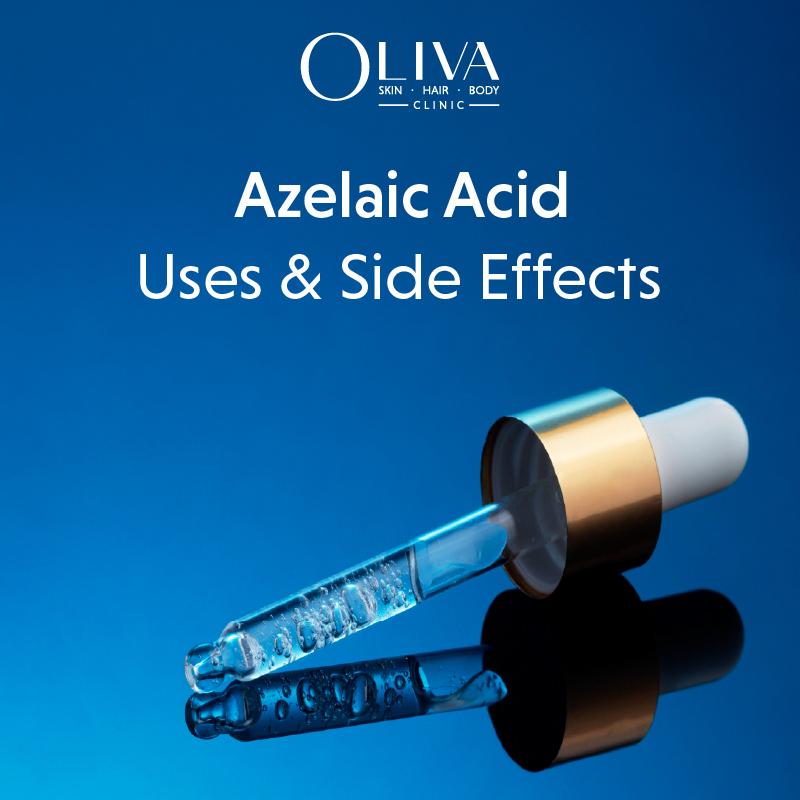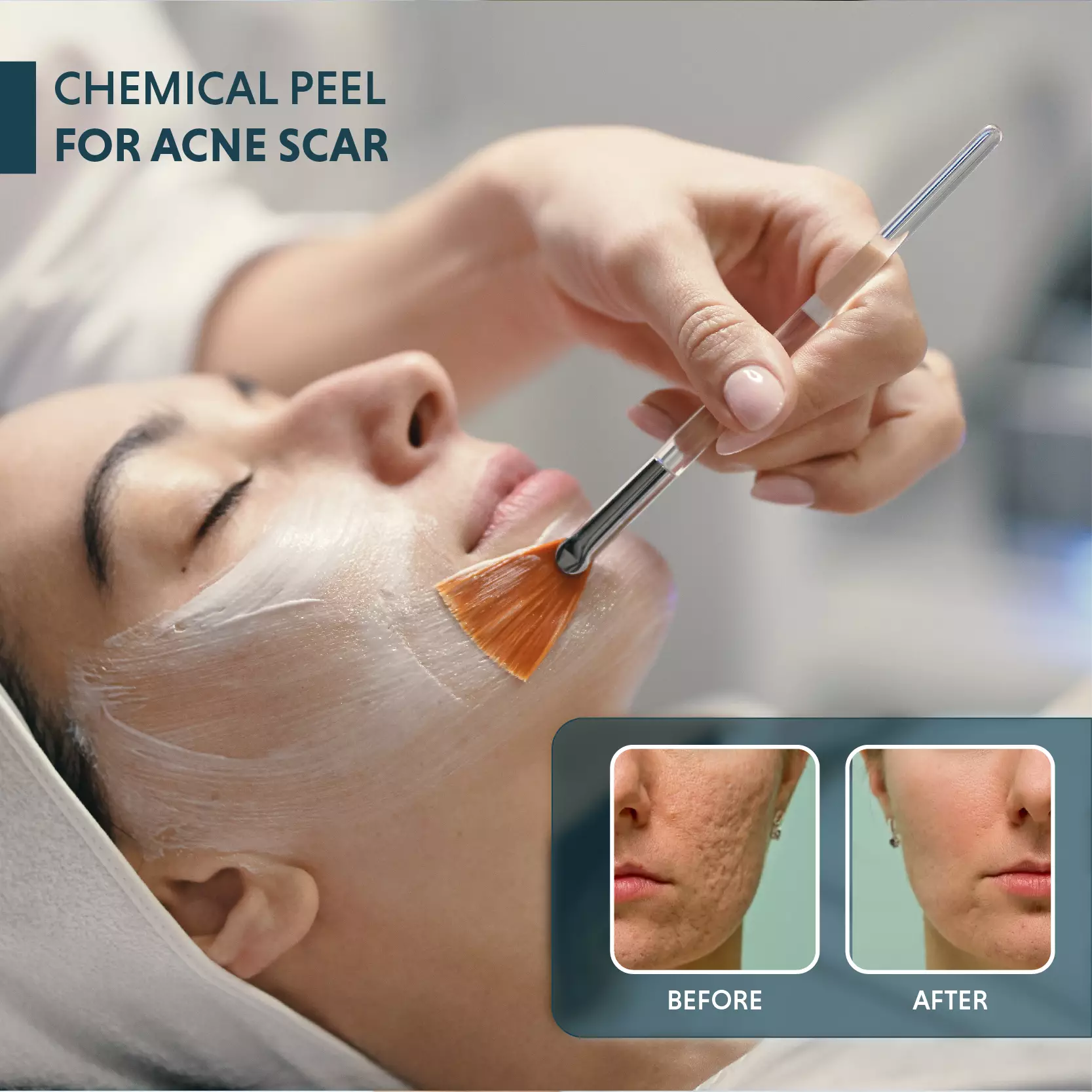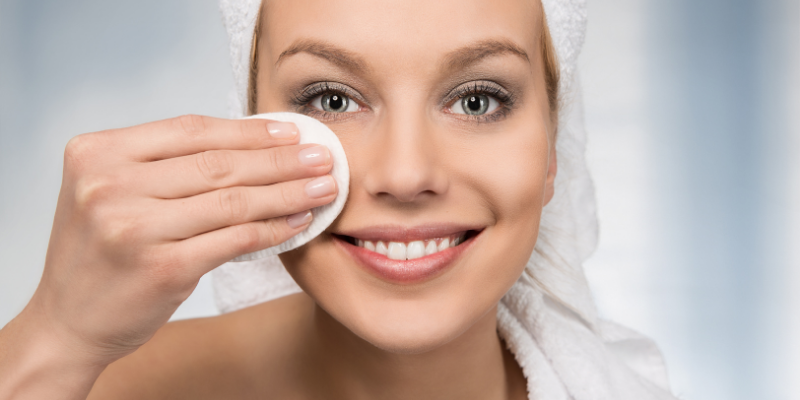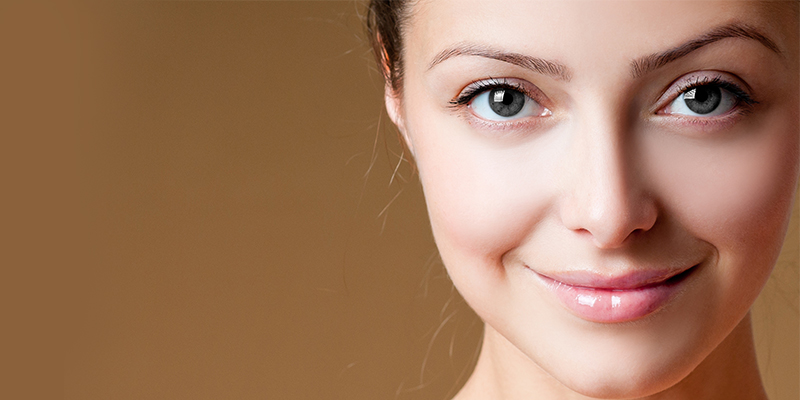Azelaic Acid For Skin: Uses, Benefits & Side Effects
Azelaic acid might just be the skincare hero you have been waiting for! This powerhouse ingredient known for its ability to treat acne, rosacea, and uneven skin tone is making big waves in the beauty world. Through this read, we will discuss what is azelaic acid, its different forms, and what it does for your skin. We will also talk about the azelaic acid gel uses, how to use it, as well as, the many azelaic acid benefits and side effects to be aware of.
What Is Azelaic Acid?
Azelaic acid, as the name suggests, is a type of acid that is commonly used as a topical application for skincare. [1] It is present in grains like rye, wheat, and barley and is also produced naturally by Malassezia furfur, a yeast present on healthy skin.
This skincare ingredient is celebrated for its versatility and high effectiveness across an array of common skin concerns such as acne and rosacea. Azelaic acid works by reducing inflammation, preventing bacterial growth, and facilitating the shedding of dead skin cells, to prevent clogging of pores. Its multi-faceted approach makes it an effective solution for achieving clear and healthy skin.
Forms Of Azelaic Acid
You can use azelaic acid in different forms. Each form offers unique application methods, catering to different skincare needs:
Creams:
Azelaic acid creams come in 15% -20% concentrations. They are effective for treating rosacea and hyperpigmentation and are ideal for those looking to improve their skin texture and tone. It is best to apply a thin layer of the cream to clean and dry skin twice a day. Creams are easy to apply and absorb well.
Gels:
Azelaic acid gels come in 15% concentration and are suitable for oily and acne-prone skin. Dermatologists suggest using a small amount of the gel on clean skin. It is best to apply on the affected areas once or twice daily. The lightweight, non-greasy texture makes it ideal for those who need effective treatment without additional greasiness.
Serums:
Azelaic acid serums often come in lower concentrations of around 10%. You can easily layer serums with other skincare products for results. Dermatologists recommend applying the serum to clean skin before moisturising once or twice a day. This form of azelaic acid is perfect for those looking for an effective yet gentle skincare treatment to add to their existing routine.
Other Forms of Azelaic Acid for Skincare:
Besides Azelaic acid serums, creams and gels, you can also try foams, pads, and powders.
- Foams are easy to apply and suitable for sensitive skin. Dermatologists advise them when you want to use azelaic acid over large areas. However, you should know that foams are inflammable, and therefore, you must use them with caution.
- Azelaic acid pads, on the other hand, are a convenient way to treat specific spot concerns. They also work wonders for exfoliation.
- Azelaic acid powders are easy to mix with other products for customised use.
What Is Azelaic Acid Used For?
Azelaic acid is most commonly used as a topical solution for the treatment of mild to moderate acne. Dermatologists often suggest that you combine azelaic acid with antibiotics or hormonal therapy for effectiveness. It is helpful in managing both comedones and inflammatory acne.
Azelaic acid also helps in reducing pigmentation. That is why azelaic acid gel uses are common among those with darker skin tones. This is because it helps reduce persistent post-inflammatory pigmentation or melasma.
Azelaic acid can also be helpful for other skin conditions besides acne. These include papulopustular rosacea, periocular dermatitis, periorificial dermatitis, and rhinophyma.
What Does Azelaic Acid Do For Your Skin?
Azelaic acid works wonders on your skin by reducing inflammation, unclogging pores, and preventing the growth of acne-causing bacteria. By using azelaic acid pigmentation and dark spots reduce, and it also helps to even out skin tone. This is what makes azelaic acid an effective treatment for conditions like acne, rosacea, and melasma.
Benefits Of Azelaic Acid
There are many azelaic acid benefits for skin health and appearance. Here are some of them:
-
Acne Treatment:
It effectively targets both non-inflammatory and inflammatory acne by reducing the acne-causing bacteria. [2]
-
Unclogging Pores:
Azelaic acid enhances cell turnover and as a result there is limited sebum and dead skin cell build up. This keeps your pores unclogged and there is reduction in acne breakouts.
-
Reduces Redness and Inflammation:
Azelaic acid offers anti-inflammatory benefits that help to calm the redness and irritation due to rosacea and acne.
-
Hyperpigmentation Treatment:
Regular use of azelaic acid reduces pigmentation, especially post-inflammatory hyperpigmentation (PIH). It inhibits melanin production and promotes even skin tone, thus helping fade dark spots and treat melasma. [3]
-
Gentle Exfoliation:
Azelaic acid ensures gentle exfoliation of your skin, leaving it softer and smoother. It does not irritate, and that is why it works best on sensitive skin.
-
Antibacterial and Antioxidant Properties:
Azelaic acid is antibacterial in nature and helps to fight acne. Its antioxidant capabilities protect the skin from free radical damage and environmental stressors. [4]
-
Overall Skin Brightening:
Regular use of azelaic acid can lead to a more radiant complexion. It improves your skin tone and reduces blemishes.
Side Effects of Azelaic Acid
Here are some common azelaic acid side effects that you must be aware of when you first start using it:
- Redness
- Peeling skin
- Itchiness
- Burning sensation
- Dryness
These azelaic acid side effects occur because it sometimes slows down the production of some skin proteins. This causes the outer layer to break down, leading to irritation and dryness.
You can avoid worsening of these side effects by limiting the use of astringents, peels, alcohol-based cleansers, tinctures, or scrubs when using azelaic acid. People with darker skin tones must contact their doctor immediately if there is skin discolouration in certain areas.
Some of the side effects are more severe. These include crusting, soreness, severe redness, swelling, and scaliness. Azelaic acid may also worsen asthma symptoms. Therefore, it is important to discuss side effects with your dermatologist before using this skincare ingredient.
How To Use Azelaic Acid?
It is vital to use azelaic acid as directed and follow the dosage correctly to get the desired results.
Application Process:
- Before and after using azelaic acid products, always wash your hands and the affected area with lukewarm water and mild soap.
- Once your skin is dry, apply a small dose to the affected part and gently massage it in.
- If you are using foam, shake the can well before use.
- Apply cosmetics only after the medicine is dry.
- Never wrap or bandage the skin unless your dermatologist advises you to do so.
When to Apply:
Apply azelaic acid to clean and dry skin after cleansing and before moisturising in the morning or evening. [5]
How Often To Use:
Use it once or twice daily, depending on your need or as recommended by your dermatologist.
Tips For Using Azelaic Acid:
- Start with a lower concentration of azelaic acid to avoid irritation.
- Always follow up with sunscreen during the day.
- Avoid combining it with other irritating products like astringents and peels.
Using Azelaic Acid With Retinol
Dermatologists often recommend combining azelaic acid and retinol for those dealing with stubborn acne, hyperpigmentation, and signs of ageing. This combination helps enhance skin texture and tone while also addressing other skin concerns. [6]
Both azelaic acid and retinol help to clear pores and reduce acne. Retinol promotes cell turnover, while azelaic acid reduces inflammation, leading to smoother skin. This combination helps fade dark spots, offering anti-ageing benefits as well.
How To Use:
- You can apply azelaic acid after cleansing and before moisturising your face at night.
- Wait for the azelaic acid to absorb, and then apply retinol.
- Follow up with a hydrating moisturiser to reduce chances of irritation.
- Always start by using azelaic acid and retinol on alternate nights.
- Do not forget to use a sunscreen.
- People with rosacea can avoid this combination.
Using Azelaic Acid With Vitamin C
Dermatologists often recommend combining azelaic acid and vitamin C for those wanting to brighten their skin and get an even tone. This combination works wonders to reduce hyperpigmentation and boost overall radiance. It also helps fade dark spots and melasma. [7] Vitamin C boosts antioxidants and protects against environmental damage. Azelaic acid helps reduce inflammation and redness.
How To Use:
- You can apply Vitamin C serum after cleansing and before moisturising.
- Never forget sunscreen to protect the skin from UV damage as azelaic acid and vitamin C can increase sun sensitivity.
Precautions For Using Azelaic Acid
Here are some azelaic acid precautions you must remember while using it:
- Avoid using azelaic acid for children under 12 unless your doctor advises so.
- Discuss the use of azelaic acid with your doctor during pregnancy and breastfeeding.
- As azelaic acid foam is inflammable, you should avoid going near flames after applying azelaic acid products. Do not smoke either.
- Some foods and drinks, including spicy foods, hot beverages, and alcohol, lead to skin redness and flushing when you are using azelaic acid gel. It is best to follow your dietary advice to avoid side effects.
Who Should Avoid Azelaic Acid?
Azelaic acid is generally very well-tolerated. However, it is best for some people to avoid it. Take a look:
- Sensitive Skin: People with highly sensitive skin may find azelaic acid irritating. This is more common if they have had previous episodes of allergic reactions to skincare products.
- Children: The safety of azelaic acid for children below 12 years of age remains unproven. Hence, it is best to avoid using for kids below 12 years unless suggested by a dermatologist.
- Pregnant or Nursing Women: While azelaic acid is generally safe, you must consult your doctor before using it during pregnancy.
- Skin Conditions: People who have open wounds, eczema, or other active skin conditions can avoid the use of azelaic acid to prevent increased irritation.
NOTE:
It is best to consult a dermatologist before incorporating azelaic acid into your skincare routine.
Frequently Asked Questions On Azelaic Acid For Skin
Q1. Is Azelaic Acid Good For Your Skin?
A1. Yes, azelaic acid is beneficial for the skin. It helps treat acne, rosacea, and hyperpigmentation by reducing inflammation and bacteria.
Q2. Is Azelaic Acid Good For Every Day Use?
A2. Yes, azelaic acid is excellent for everyday use. However, it is best to start with a lower concentration of the product and increase the dosage and frequency only when advised or when you are comfortable.
Q3. How Can Azelaic Acid Help Treat Rosacea?
A3. Azelaic acid can help in the treatment of rosacea because it reduces redness, inflammation, and swelling. This helps you manage the condition better.
Q4. Can I Leave Azelaic Acid Overnight?
A4. Yes, some azelaic acid formulations need an overnight application for better results.
Q5. Is It Safe To Use Azelaic Acid During My Pregnancy?
A5. Although azelaic acid is a safe product, you should avoid using it during pregnancy. Consult a dermatologist for best advice.
Q6. How Do You Add Azelaic Acid To Your Skincare Routine?
A6. To add azelaic acid to your skincare routine, start by applying it to clean and dry skin once a day. You can gradually increase the frequency to twice daily as your skin builds tolerance.
Takeaway
Azelaic acid is a versatile skincare ingredient with benefits ranging from acne treatment to reducing hyperpigmentation. By incorporating it into your skincare routine with proper guidance and precautions, you can achieve clear and healthy skin. Always consult with a dermatologist to tailor its use to your specific needs and ensure the best results.









